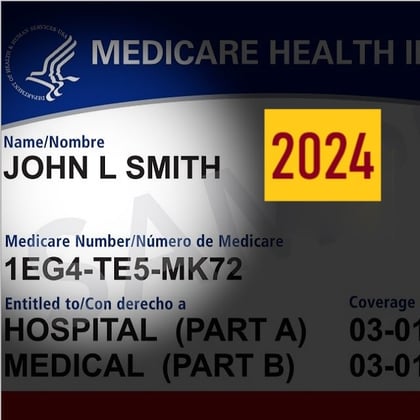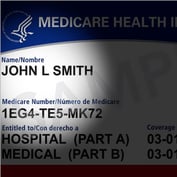A new client, who works for an employer that does offer retiree health benefits, may have a common issue: The client did not enroll in Medicare Part B upon retirement.
This oversight often occurs for one of two reasons.
First, the employer might not have tracked retirees’ birth dates to inform them of the need to enroll in Parts A and B. That, sadly, is a frequent occurrence. You weren’t advising the client at that point, and you weren’t there to fill in the information gap.
Alternatively, employers might have provided retiree plans that offered primary coverage without requiring Medicare A and B.
Due to the high costs associated with offering medical coverage as primary, companies are now transitioning to secondary coverage.
As a result, retirees, who believed their employer-sponsored coverage was sufficient, now find themselves needing to enroll in Medicare to avoid additional penalties.
The “general enrollment period,” or GEP, for Medicare runs annually from Jan. 1 to March 31.
The Question
How can clients affected by these kinds of problems enroll in Medicare Part A and Part B before the March 31 deadline to circumvent further penalties?
The Answer
Navigating Medicare enrollment, particularly for those who missed their initial signup window, is critical to avoiding penalties that accumulate over time.
For individuals who did not enroll in Medicare A and/or B when initially eligible, the GEP provides a crucial opportunity to correct this oversight.
Here are six things you have to know to help clients in that situation.
1. Understanding enrollment windows and avoiding penalties: To avoid Medicare penalties, your client should enroll in Parts A and B during the initial eligibility period unless the client has active employer-sponsored coverage.
This means working for a company with over 20 employees and physically attending work allows the client to delay Medicare enrollment until retirement without penalties.
In 2024, failing to enroll when first eligible incurs a 10% penalty of the Part B premium ($174.70) for each 12-month period the client is without coverage.
For example, if your client turned 65 in May 2022 but didn’t enroll until 2024 using the general enrollment period, your client will pay an extra $17.47 monthly on top of the usual Part B premium.
Penalties are avoidable if your client is covered by employer insurance before retirement.
However, if your client retires and only has the company’s retiree plan without enrolling in Medicare due to a misunderstanding of coverage needs, penalties apply unless client was exempted by having active, qualifying employer coverage.









 February 29, 2024 at 09:21 AM
February 29, 2024 at 09:21 AM












 Bethany Cissell is director of business development and a Medicare expert at
Bethany Cissell is director of business development and a Medicare expert at